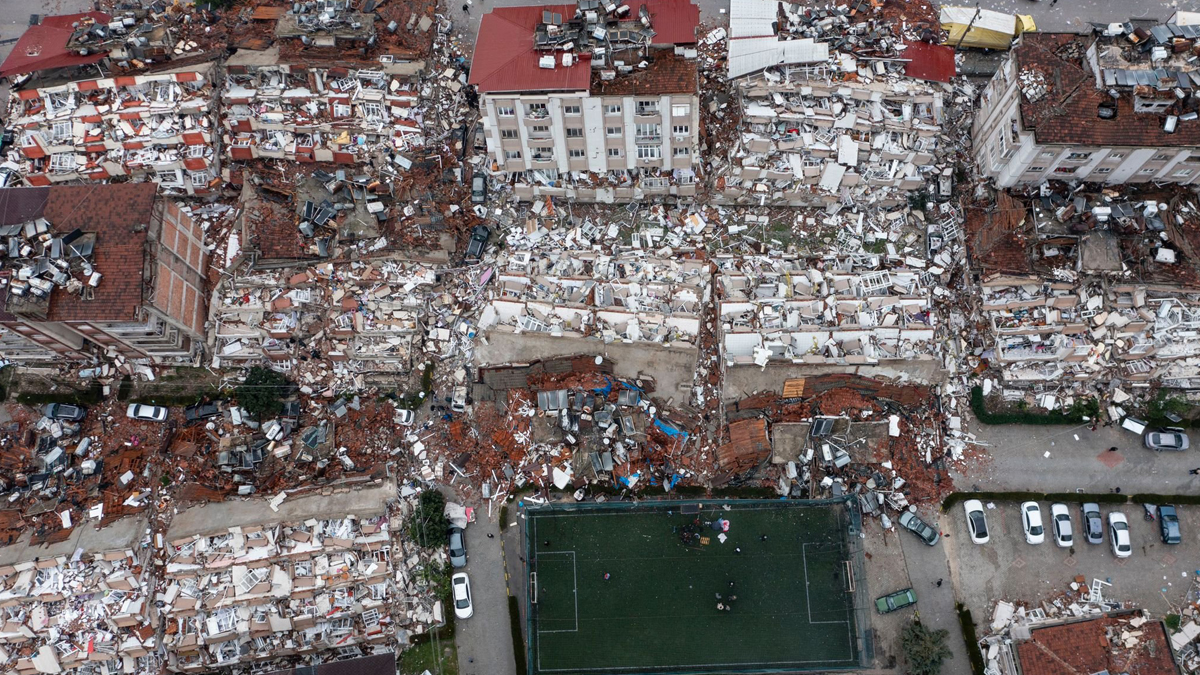
Turkey-Syria earthquake: Why was it so deadly?
At least 4,300 people are dead and thousands more injured after a major earthquake and a series of strong aftershocks hit southeastern Turkey and northwestern Syria on Monday.
Seismologists say it will likely be the deadliest quake this decade- registered as 7.8, classified as “major” on the official magnitude scale. It broke along about 100km (62 miles) of fault line, causing serious damage to buildings near the fault.
The earthquake caused such devastation partly because of its power — it is the strongest earthquake to hit Turkey since 1939 — and because it hit a populated region.
But it is not only the power of the tremor that causes devastation.
This incident occurred in the early hours of the morning, when people were inside and sleeping.
The sturdiness of the buildings is also a factor.
Dr Carmen Solana, reader in volcanology and risk communication at the University of Portsmouth, says: “The resistant infrastructure is unfortunately patchy in South Turkey and especially Syria, so saving lives now mostly relies on response. The next 24 hours are crucial to find survivors. After 48 hours the number of survivors decreases enormously.”
Turkey is in one of the world’s most active earthquake zones. A quake along the North Anatolian fault line in the northern Turkish region of Duzce killed more than 17,000 people in 1999.
But Monday’s earthquake occurred on the other side of the country, along the East Anatolian fault.
This was a region where there had not been a major earthquake for more than 200 years or any warning signs, so the level of preparedness would be less than for a region which was more used to dealing with tremors.
Likewise, “This earthquake was “almost a rerun” of a 7.4 magnitude one in the same area on August 13, 1822”, said Roger Musson, honorary research associate at the British Geological Survey.














Comments